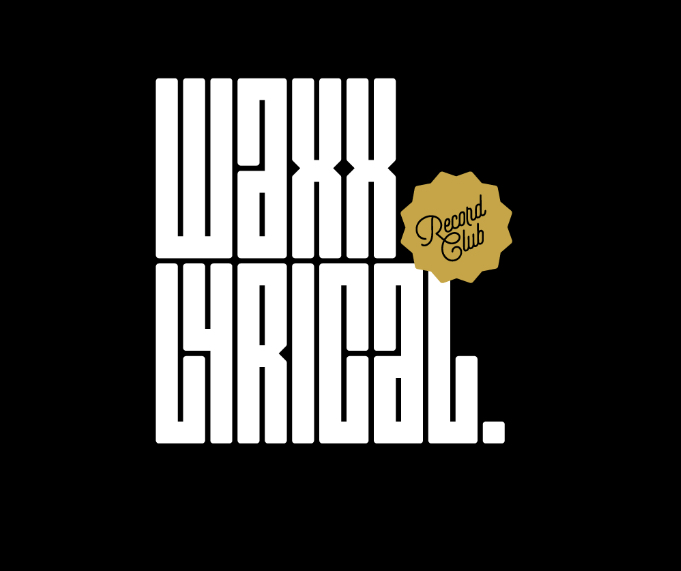Freedom Sounds Jamaica
- Waxx Lyrical

- Oct 4, 2018
- 4 min read

The Caribbean island-nation of Jamaica is little over 230 km wide and holds a population struggling to make 3 million (2.8 million as of 2016) but despite its miniature stature the geographical bantam-weight punches amongst the heavyweights of the musical world and has done so since it wrestled away control in 1962 from its former colonial masters, the United Kingdom.
As Jamaica burst onto the international scene on 6 August 1962 as a nation in its own right, its musicians were readying their own independence movement. With World War II in the rear-view mirror Jamaicans began to purchase radios on which they were able to pick up frequencies from the Southern United States. These stations carried the rhythm and blues of New Orleans to the Caribbean’s largest island. The stationing of the American military on the island strengthened the appeal and influence of American artists like Fats Domino and Louis Jordan.
Local entrepreneurs of the late 1950s took advantage of the hunger for American rhythm and blues amongst the island’s energetic youth. Local artists were drafted by producers Coxsone Dodd (of Studio One) and Duke Reid (of Treasure Isle) to produce their own 7-inch recordings mimicking the American style. Creativity soon took over, the sounds coming from the Jamaican recording studios originally set up to imitate quickly began to innovate. The tempo of the beat quickened and the danceable sound of the horns and skanking piano were thrust into the foreground.
One of the early producers of the new Jamaican genre was Cecil Bustamente Campbell, better known as Prince Buster. Campbell had set up a rival sound system to those ran by Coxsone Dodd and Duke Reid. Campbell originally intended to personally source American records for his Voice of the People sound system but was denied entry to the United States. Faced with a problem Campbell, like Coxsone Dodd and Duke Reid decided to record his own 7-inches for release. Unlike Dodd and Reid, Campbell used his Wild Bells label to produce his own music released under the name Prince Buster his first single being the pleasant but uninspiring Little Honey. Buster would go on to become one of the most influential Ska artists of the genre’s first-wave. In 1963 he unleased the monumental Madness. Buster’s popularity grew with the quality of the music he released. His singles began to be imported to the UK on the Blue Beat label, a subsidiary of Emil E. Shalit’s Melodisc Records. Buster’s recordings would not find fame in Britain until later in the decade with Al Capone reaching number 18 in the charts, four years after its initial release.
The genre by this time had, like the nation, broken ties with foreign regulators. This independence and self-sufficiency would be celebrated across the Ska spectrum with songs such as The Skatalites 1967 effort Freedom Sounds and Derrick Morgan’s 1962 Forward March. The music though reflective of a new, independent and self-sufficient nation did not ignore the islands own troubles. With gangs of rude-boys causing trouble in the streets of Kingston, Jamaica’s artists looked to address the issues at home with records such as Mr. Foundation’s 1967 hit All Rudies in Jail and The Wailing Wailers collaboration with the Skatalites, Simmer Down. Simmer Down would be the first taste of musical success for one of Jamaica’s most famous sons and international musical main-eventer Bob Marley.
It was not Marley however, that launched the Jamaican invasion of the British musical scene. Between 1955 and 1968 approximately 200,000 Jamaicans emigrated to the United Kingdom to take advantage of greater working opportunities than were available on the island. It was likely with this knowledge in mind that in 1968 Trojan Records was formed with the express purpose of importing the contemporary music of Jamaica into the UK. By the end of the 1960s ska had itself given birth to two of its own new genres, reggae and rocksteady. These genres became the staples of the United Kingdom’s dancehalls, especially those in areas with large West Indian population.
Although Prince Buster and Desmond Dekker had broken into the UK Top 40 previously with Buster’s aforementioned Al Capone and Dekker’s 007 (Shanty Town). 1969 marked the true arrival of Jamaican music onto the international headline stage as not only were Trojan Records importing a plethora of Jamaican artists such as Dave and Ansel Collins, The Cimarons and Nicky Thomas but Jamaica had its first bona fide UK number one single as Desmond Dekker struck a chord with the transnational working class youth with his seminal Israelites.
Jamaica’s influence on international musical affairs was firmly established. The UK’s 2Tone scene erupted in the 1980s and main players Madness named after the Prince Buster song marked its arrival with their own tribute to Ska’s pioneer The Prince. Similarly, The Specials would include in their repertoire covers of Buster’s hits with Gangsters bearing more than a passing familiarity to Buster’s own Al Capone.
Jamaica’s influence reached beyond music and into fashion, long before its appropriation by nasty and empty-minded neo-Nazis and nationalists, the Skinhead aesthetic was a celebration of the conflation of Jamaican and British culture. A symbol of unity and shared musical experience. Symarip’s Skinhead Moonstomp released twice by Trojan Records, in 1970 and 1980 provided a musical companion to this hybrid culture.
Jamaica’s influence cannot be understated, the small island which wrestled independence away from the British in 1962 was kicking down its former master’s door so soon afterwards with its own brand of original sound. Jamaica’s influence may now be more easily found amongst other nation’s genres, American hip-hop and UK grime but as Kabaka Pyramid produced by Major Lazer’s Walshy Fire shows, the Jamaicans have every intention of regaining their place amongst the musical heavyweights.













Comments